Group business is an undeniably important piece of the revenue puzzle for hotels. However, not all group revenue is equally valuable or desirable. To achieve an ideal mix of group and transient business, hotels must undergo a detailed evaluation process—one that can be greatly aided with an advanced revenue management system.
Ten Crucial Steps to Evaluating and Pricing Group Business
In this article, you’ll find key steps and considerations for evaluating group business opportunities.
1. Identify the Market Segment
Qualifying group business starts with identifying the market segment into which it falls. While your hotel may serve different types of groups, most fall under:
- Corporate Group
- Association
- MICE (Meetings, Incentives, Conferences & Exhibitions)
- SMERF (Social, Military, Educational, Religious and Fraternal)
- Sports, Entertainment, Recreation
- Wholesale Tour Groups
Different segments have different booking and stay patterns. For example, most weddings are held in the summer and on weekends, whereas corporate meetings are usually held during the week.
By identifying typical patterns in each segment, the hotel can improve planning and forecasting. When group stay patterns are well-coordinated, they can provide a solid base of year-round business.
2. Qualify the Group’s Needs
To evaluate a group, you’ll also need a clear understanding of its basic needs like:
- Guest rooms and guests per night
- Stay pattern (time of year, days of week) and length of stay
- Room-type requirements (run-of-house or assigned)
- Function space requirements
- Food & beverage requirements
- Onsite activities and other needs
It’s also important to consider:
- How many days are there before arrival? A longer booking window provides more time to find more valuable business.
- Is it a one-off booking or a recurring event?
- Does the group require one hotel, or several hotels, or is it a citywide event? If multiple properties are needed, there may be an opportunity to cross-sell.
3. Consult the Demand Forecast
Next, it’s time to determine how busy the hotel will be over the requested dates. If demand is high, the hotel may decide to decline the opportunity or submit a high rate. If demand is low, the hotel will have more flexibility with pricing and booking conditions.
To forecast transient demand, an advanced RMS draws from multiple data sources, including historical patterns, seasonality, booking pace, competitor behavior, market demand, and events and holidays.
For group business, RMS technology also considers group-specific factors such as rooms on the books, the probability of tentative groups going definite, prospects for new bookings, and historical patterns such as booking window, seasonality, cancellations, and attrition.
4. Assess Displacement
The demand forecast is used to assess displacement, or the value of any business that is likely to book if the group does not occupy the rooms. If displacement is high, operators may choose to pass on the opportunity or propose higher rates. If displacement is low, the commercial team has more flexibility to offer an appealing rate.
With an advanced RMS, displacement analysis also considers the impact of accepting a group on availability, BAR pricing, last room value (the minimum acceptable transient rate), and overall performance. It also considers impacts on the days before the group’s arrival and after departure.
5. Establish Pricing
With group needs and displacement impact assessed, you’ll now have a clearer idea of the optimal pricing to quote. A group pricing module built into an advanced RMS will consider numerous factors, including requested dates, size of group, market segment, historical group ADR, displaced revenue, occupancy forecast, and demand mix.
Based on the analysis, an advanced RMS with this module can provide a break-even rate (the lowest price that will generate the same revenue as what’s displaced) and recommended optimal rates. Additionally, break-even and optimal rates by room class are available as well as alternate date options (if the group is flexible on timing).
6. Estimate Total Revenue and Contractual Value
Up to this point, the steps outlined have focused on room revenue only. However, revenue from banquets and ancillary services often represents a significant portion of overall group revenue. To properly evaluate group business and price optimally, hotels need to account for this revenue too.
An advanced RMS will factor total revenue into group evaluations, including the average projected spend on conferences and banqueting, parking, spa treatments, and other revenue sources. This layer of revenue data enables a more holistic assessment of revenue displacement.
7. Fold in Costs
Another missing ingredient in traditional group evaluations is costs, which also vary significantly for different market segments and group types. Only by understanding these costs and how they compare to the costs associated with displaced business can the hotel evaluate the true value of a group.
Costs may include:
- Cost of acquisition such as commissions and complimentary room allotments
- Costs of servicing rooms, including labor and amenities
- Costs of servicing functions, including labor and audio-visual services
- Discounts such as a percentage off F&B expenditures
- The costs of relocating or walking guests in overbooking situations
For example, a corporate group that requires multiple function rooms may sound appealing, but if it is booked through a commissioned third-party planner and the room setups are labor intensive, the costs may outweigh the benefits.
As with ancillary revenue, operators can configure an advanced RMS with the costs of acquiring and servicing transient businesses to enable a comprehensive assessment of displacement.
8. Calculate Profitability
Once the hotel knows the total revenue and costs associated with a group, it can calculate its projected profitability. Profitability is the most important criterion in group decisions, and yet hotels often accept or decline groups without a clear picture of their value.
It’s also important to recognize that profit margins can vary significantly by revenue stream. For example, banquet food & beverage revenue is often lumped together despite profit margins on alcohol sales being much higher than those of food sales.
By factoring in total revenue, costs, and profit margins for each revenue stream and the group overall, the hotel has a complete picture of the group’s value and displacement and can negotiate the pricing and terms that best meet its financial objectives.
9. Negotiate the Terms
The conditions a hotel negotiates as part of a group booking can also have a substantial impact on hotel revenue and profitability. With a clear view of the group’s value, the sales manager will know which terms are flexible and which are non-negotiable.
This includes:
- Cancellation policy and cut-off dates
- Attrition allowances
- Comp room allotments and upgrades
- Comp function space rentals and upgrades
- Minimum F&B spends
- Discounts on F&B, spa, activities, or other services
- Incentives to upgrade room types and increase total spend
- Meeting planner or loyalty points, rebates, or rewards
10. Monitor and Improve Performance
By monitoring the results of group decisions over time, the hotel can determine what is working and where changes may be needed. This requires going beyond basic performance metrics to setting and tracking key group performance metrics.
- Total revenue per available room (TRevPAR)
- Gross operating profit per available room (GOPPAR)
- Profit margins by revenue source
- Revenue per occupied group room (ROGR)
- Function space utilization overall and per group
- Revenue per available square foot or meter
- Revenue per attendee
- Attendee density
- Group conversion rates
Ensuring the quality and consistency of data inputs in hotel systems is critical to accuracy in performance measurement. Furthermore, incentivizing staff on profitability rather than revenue will help fast-track the journey to total profitability optimization.
As you can see, quickly and effectively evaluating group business opportunities for optimal revenue outcomes can be a tall task without the right tools to aid the process. But with an advanced RMS, commercial teams have a partner to augment their expertise, helping them to efficiently make better and more profitable revenue decisions.
Free Guide: 6 Hotel Technology Predictions for 2024
Automation and AI are revolutionizing traditional business practices in the dynamic hospitality industry.
As 2024 becomes clearer, experienced hospitality professionals “gazed into the crystal ball” to preview the future. 2024 is shaping up to be a big year in hospitality – are you ready for it?
Click here to download the guide “6 Hotel Technology Predictions for 2024“.
More Tips to Grow Your Business
Revfine.com is the leading knowledge platform for the hospitality and travel industry. Professionals use our insights, strategies, and actionable tips to get inspired, optimize revenue, innovate processes, and improve customer experience.Explore expert advice on management, marketing, revenue management, operations, software, and technology in our dedicated Hotel, Hospitality, and Travel & Tourism categories.

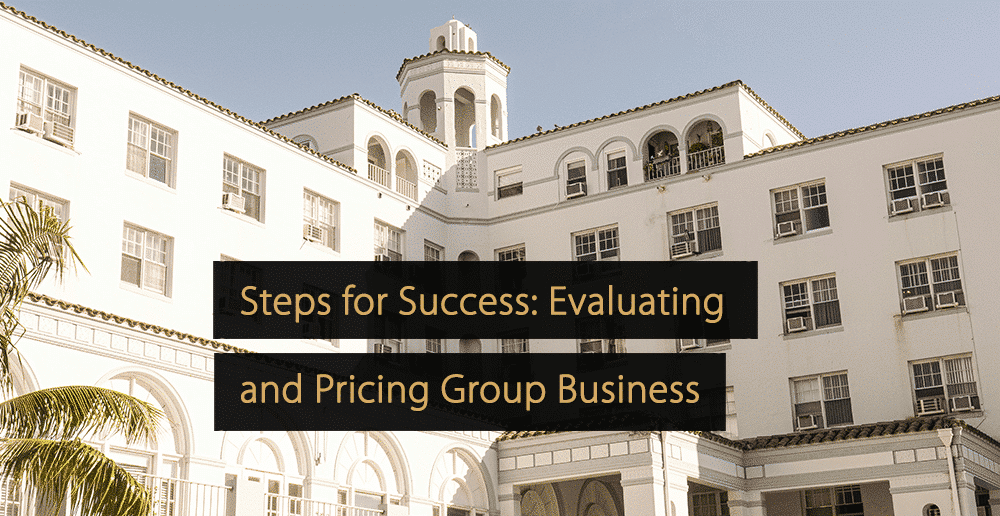
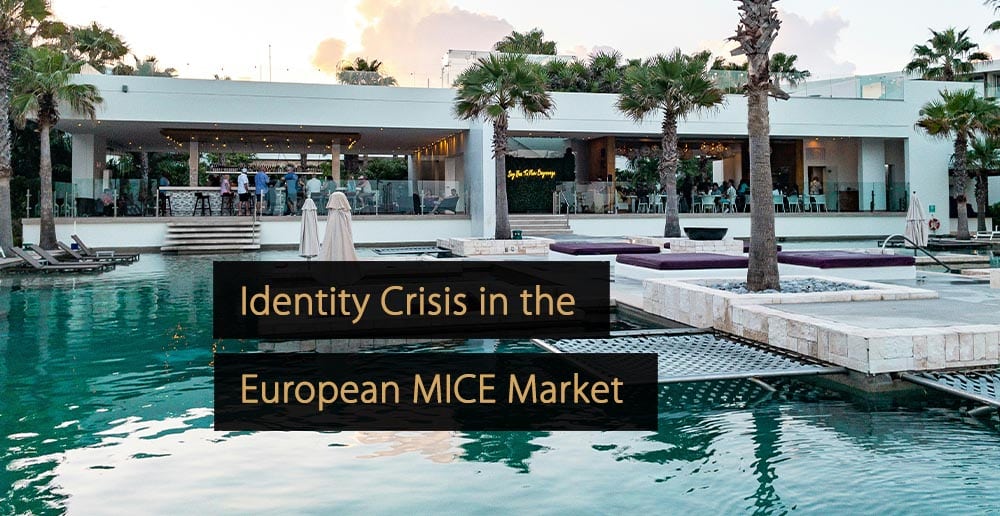
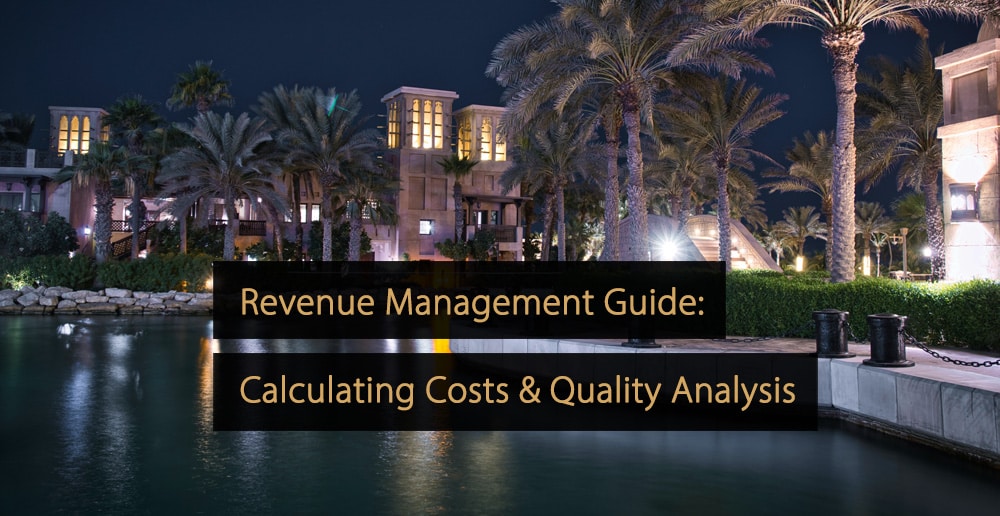
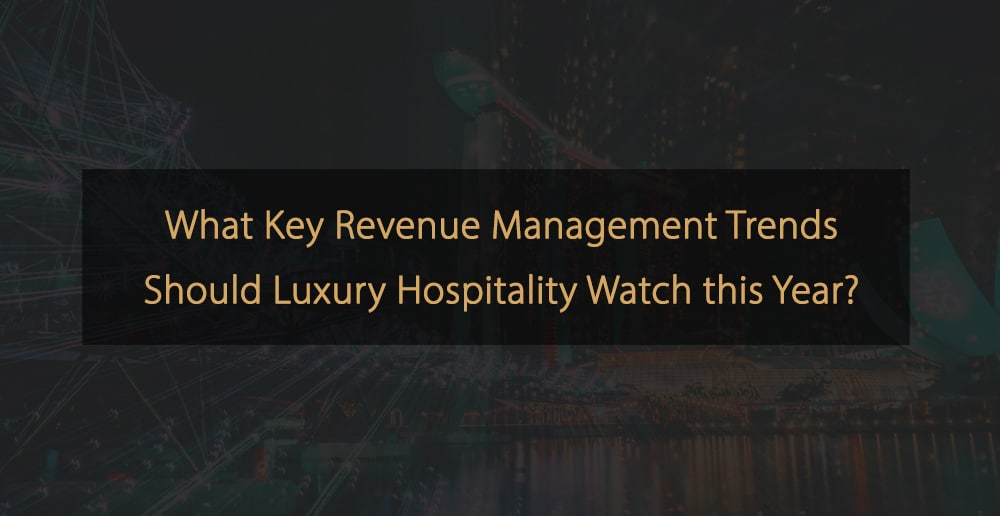
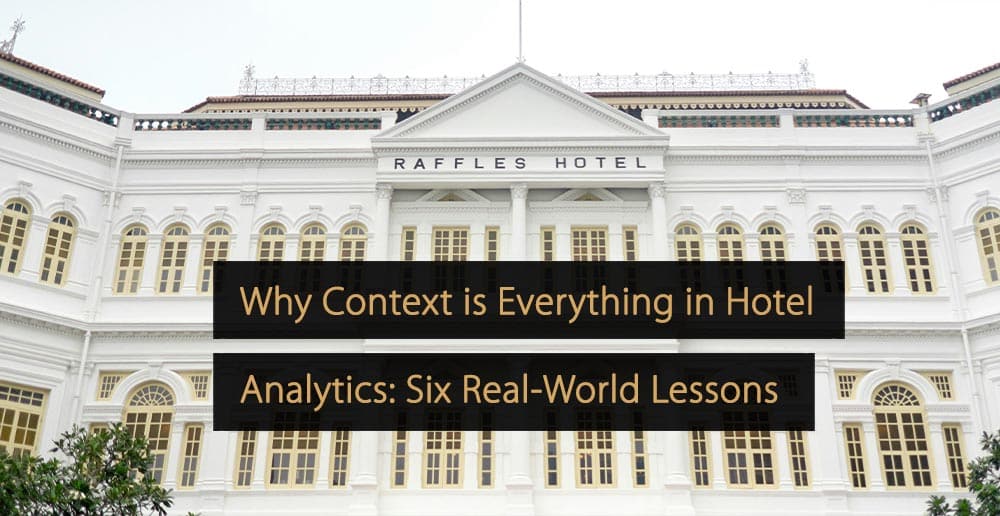
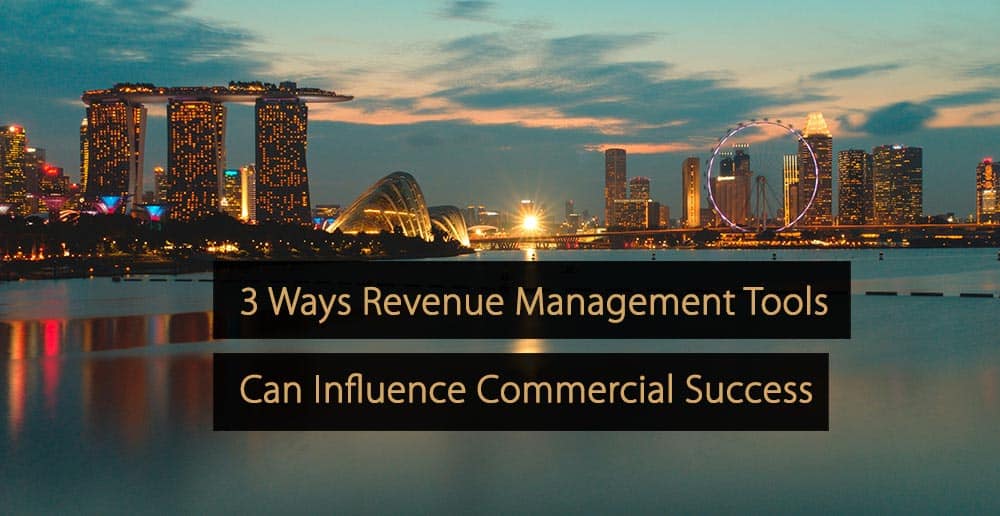

Leave A Comment